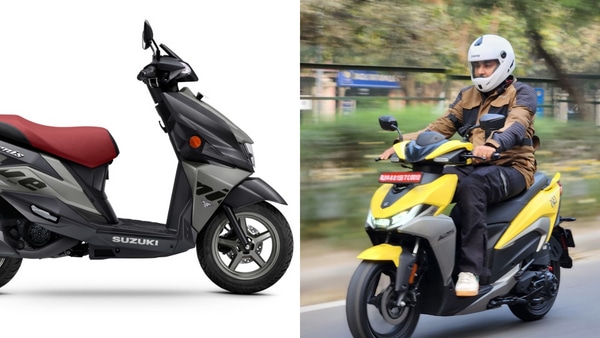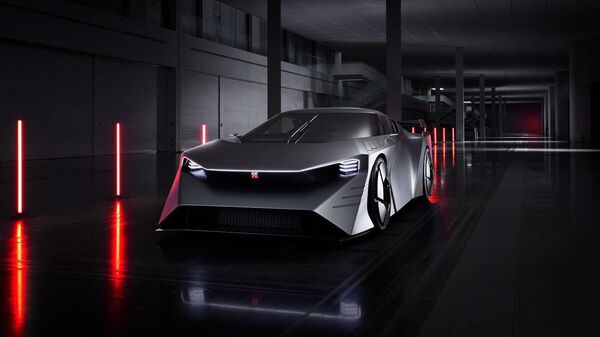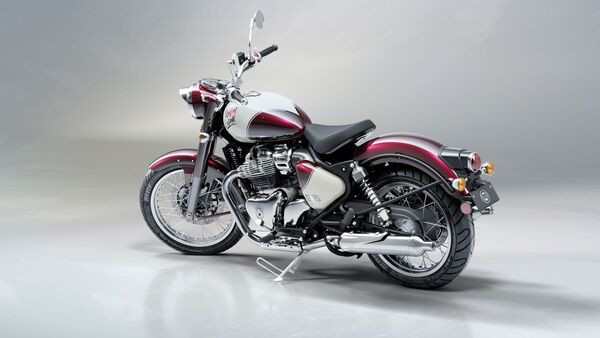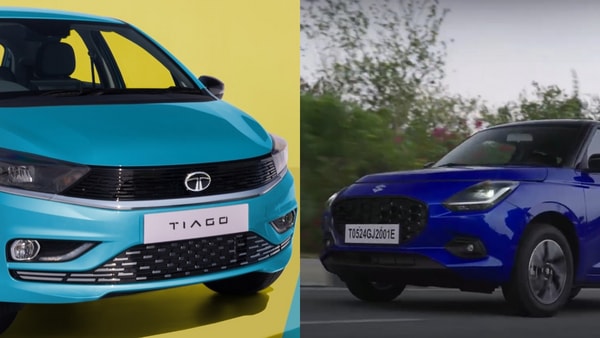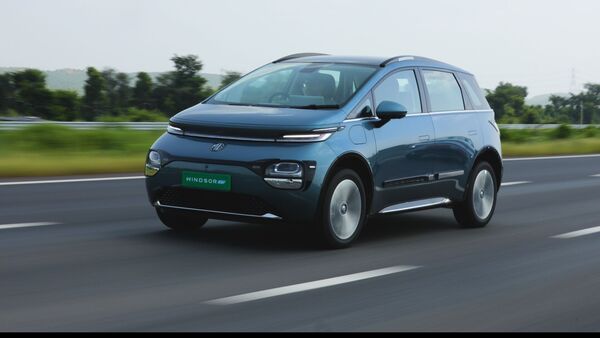
Battery-as-a-Service: Does it work?
17 days ago | 5 Views
At a time when EV sales are plummeting primarily because of high acquisition costs and low residual value, manufacturers like JSW MG Motors have extended an olive branch or sorts by offering a battery subscription plan. The move serves to alleviate the two chief woes of EV buyers – that of high acquisition costs and of poor residual value as the scheme is also accompanied by a guaranteed buyback scheme. Sounds ideal? In various instances it is. However, there are caveats.
Does the consumer truly benefit?
Under the BaaS subscription plan offered by MG Motors, the consumer must pay a fee of ₹3.5 per km covered for a minimum of 1500 kilometres per month. Usage exceeding said kilometre count will incur additional costs. The mentioned costs do not include charging costs, although MG Motors is waiving off the cost of public charging for the first year. Assuming the usage does not exceed 1500 km per month, one is looking at spending ₹63,000 per year on the subscription plan alone, along with an additional domestic charging cost of ₹228-304 per charge depending on the per kWh cost of electricity. Assuming the customer would charge a 38kWh battery twice a week, based on prescribed usage you will be paying anywhere between ₹23,712 and ₹31,616 annually for domestic, AC charging.
On a four-year basis, this would put the overall subscription cost down to ₹2,52,000. Throw in the charging cost, and you’re looking at an additional ₹1 lakh, which you would pay event if you pay battery costs up-front. In MG’s case, where the first registered customer gets lifetime battery warranty, your subscription costs will amount to approximately ₹5 lakh. Add it to initial base model acquisition cost of ₹10 lakh (or for the higher variant ₹11.99 lakh) and you’re looking at a total running cost of ₹12.5 lakh in four years (not including charging, servicing, insurance, road tax, registration costs) for what would otherwise cost you ₹13.5 lakh (ex-showroom).
Essentially, the BaaS plan is excellent for those looking at 4-6 year ownership plan (in the Windsor’s case). Anything exceeding that, and you’re better off acquiring the battery up front. Even when taking into account a daily commute of 40 kilometres, nearly twice the average commuting distance, you’re still under the 1000km mark, on a monthly basis, and so the 1500 km distance offers a generous amount in terms of an additional 500 km for weekend driving and other unplanned inner city journeys. It’s even more economical for models like the MG Comet, which after paying an up-front cost of ₹4.99 lakh, requires you to only pay ₹2500 per month in subscription fee. The cheaper the upfront cost, the more compelling the model becomes when keeping city driving in mind.
The model does not however work in the commercial segment. “Wherever there is high utilisation, such as in the commercial segment, you would see the maths in favour of BAAS probably not working out. But for the entry level personal mobility perspective the maths looks right." says Atul Jairaj, Partner, Deloitte India.
The subscription model, which has worked so well for JSW MG Motors, having registered a 31 per cent year-on-year increase in sales volumes can only work when accompanied by a buy back scheme. “We, at Deloitte, believe buyback schemes are essential to get the customer's confidence up at the time of purchase, as an adoption tool. Even in the luxury space, it’s proven to be an important tool to get buyers to upgrade to a more premium product." says Jairaj.
However, the true value provided to the customer can only be ascertained at the end of the first ownership cycle of the JSW MG Motor customer. Offering up to 60 per cent of upfront cost (minus battery) comes with a huge asterisk. A number of customers not being satisfied with the buyback value could hugely diminish the appeal of the subscription plan. Without addressing the issue of residual value, the EV sector simply cannot thrive.
Possible alternatives?
There are really only two: a leasing plan or battery swapping. The latter only really works in the case of electric two-wheelers and the former, isn’t entirely cost effective according to Jairaj. The former isn’t always in the best interests of electric two-wheeler manufacturers. “Leasing does not solve the battery cost problem" says Jairaj.
“We’re facing challenges both in terms of upfront cost and residual value. According to Deloitte’s Global Automotive Customer Survey 2024, between 39-43%of buyers are worried about the following things: how long does it take to charge? What’s the availability of charging infrastructure, safety, range etc. There are bound to be new business models that address this issue. The concept of battery swapping has been there for a while even before BEV vehicles came into the market." says Jairaj.
However, he does emphasise that battery swapping does conflict with an OEM’s need to provide a unique, differentiated customer experience. Experience which is primarily offered through range, safety and performance. “We have seen some interoperability in other industries like smartphones when it comes to charging ports. We may see this soon with Auto OEMs as well as they realise that a balance between interoperability and proprietary components might be needed."
Read Also: Toyota Hyryder, Taisor & Glanza year-end discounts & special editions: See what's new
HOW DID YOU LIKE THIS ARTICLE? CHOOSE YOUR EMOTICON !
#

